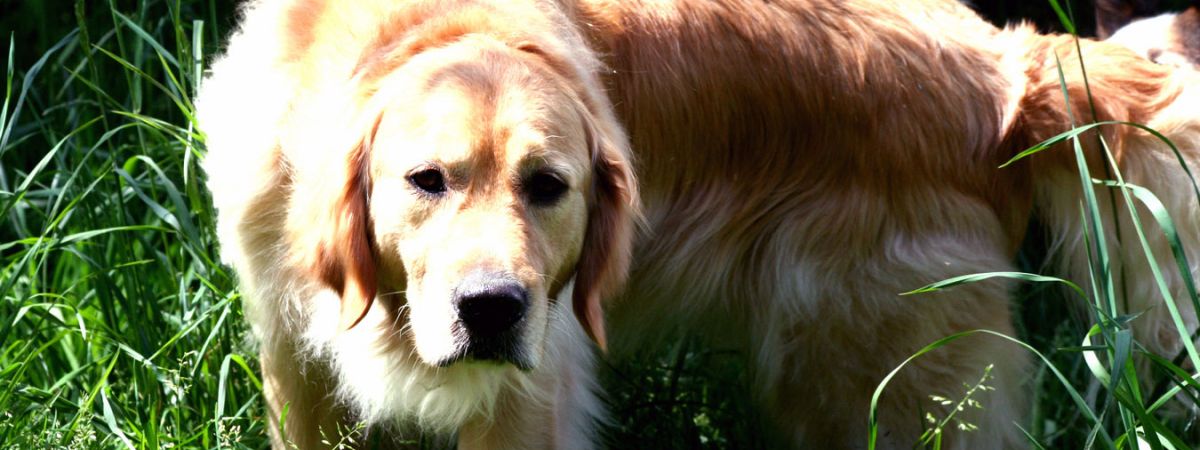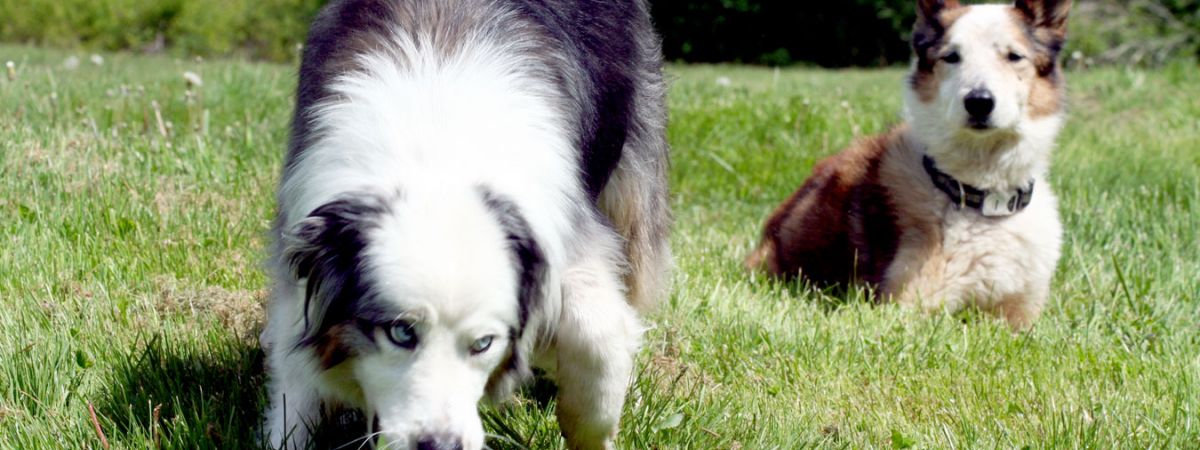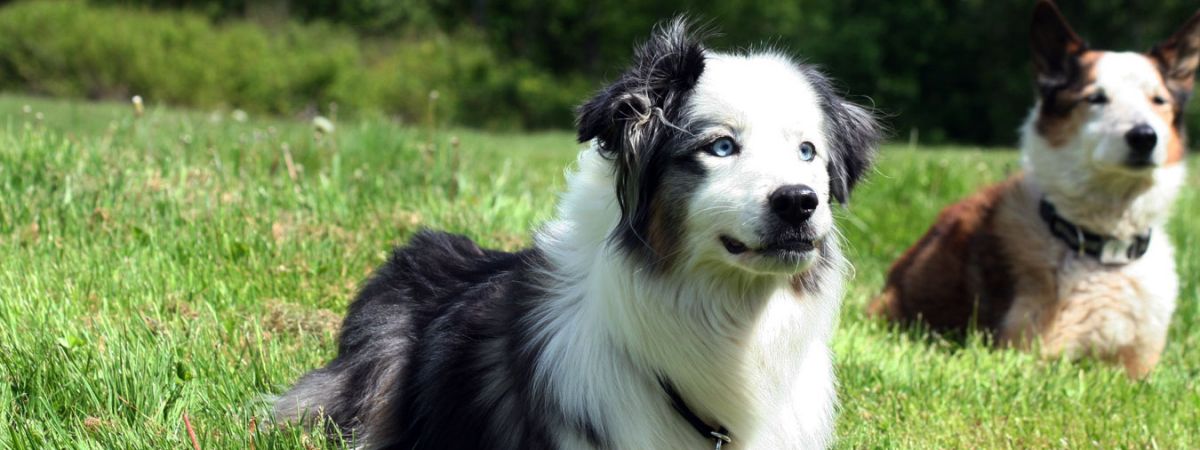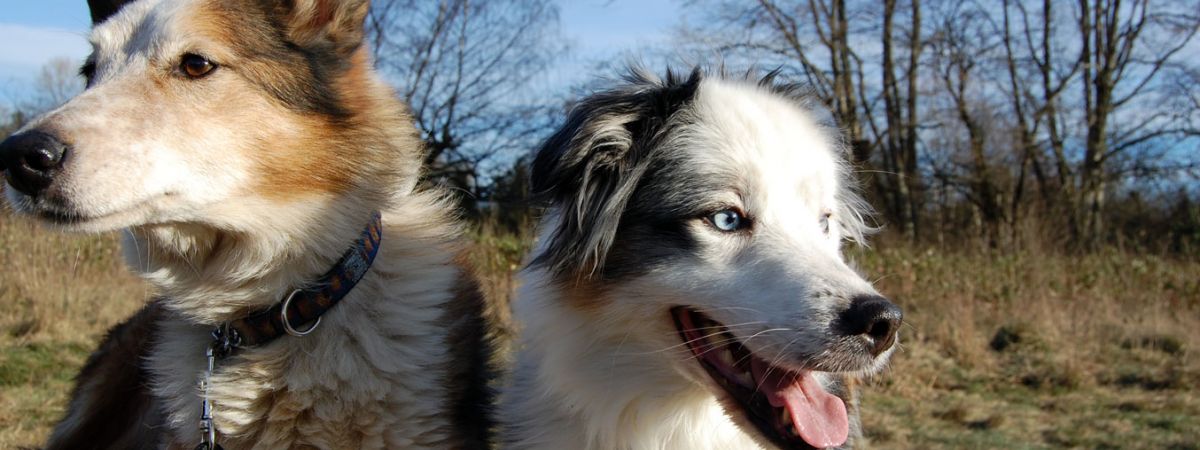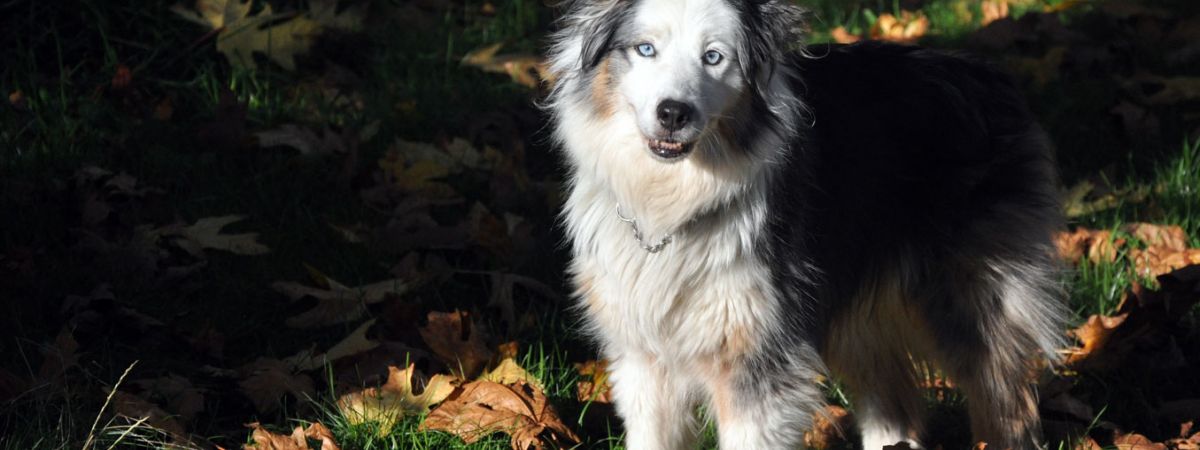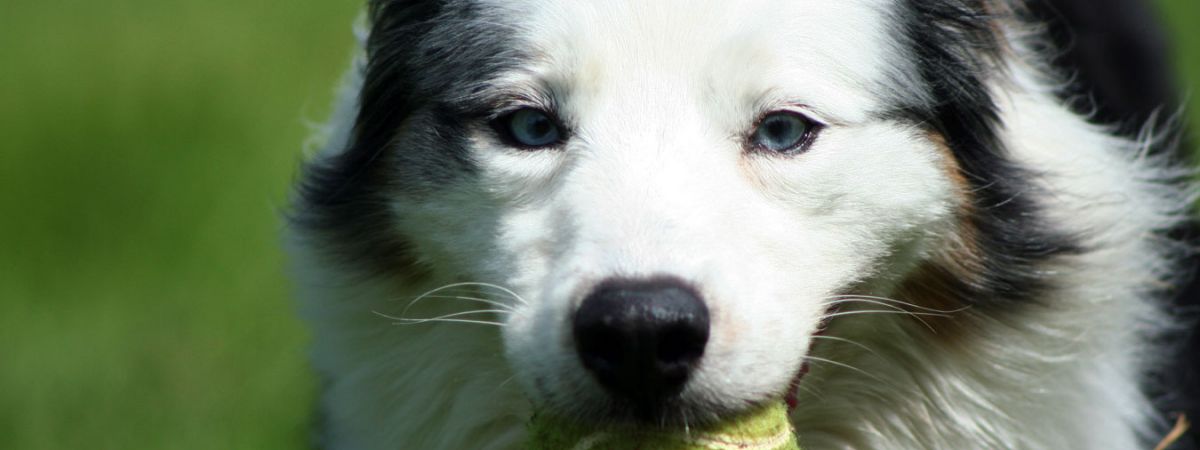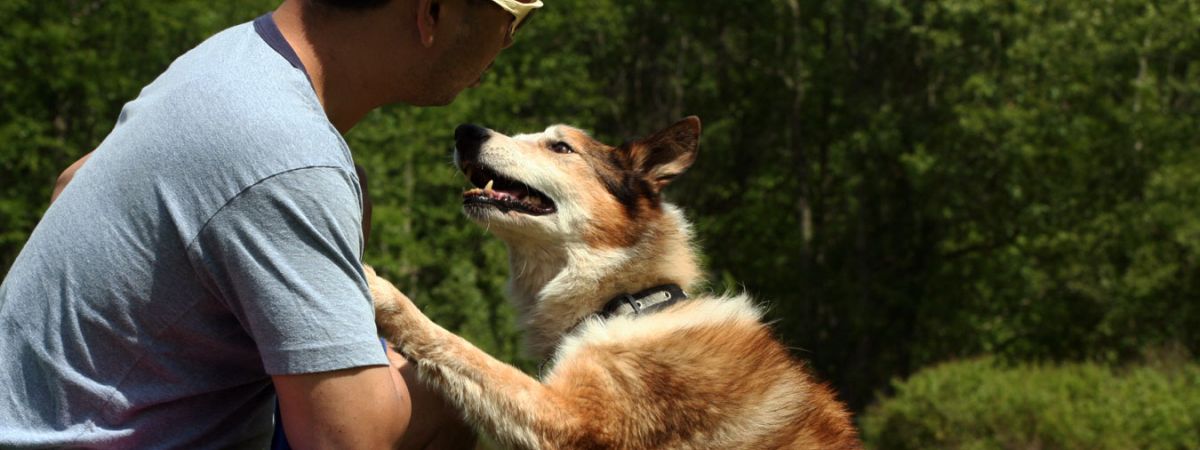Having a baby is one of the most exciting times of life and will involve a big adjustment for everyone in the household, even your pets. Just as you make lots of preparations for your baby to arrive, it is also a good idea to work with your dog in advance. Following are some tips to help your pooch make the smoothest possible transition:
Work with your dog ahead of time on obedience and manners. Basic commands of “heel” (walk at my side), “sit,” “down,” “stay” and “come,” should be used in everyday situations. Manners, such as not jumping or nipping should be addressed in advance.
With the stroller empty, practice teaching your dog to “heel” with the stroller.
If your dog is allowed on the couch, strongly consider changing that now. Chances are you will not want your dog pouncing across the sofa when your baby is on it.
Do role playing. Get a baby doll and put some powder on it to help mock the smell of a real baby. Work with your dog on not jumping up, nipping at the doll’s feet, etc.
Practice leaving baby items around and teaching your dog not to steal them. For example, a burp cloth with some milk on it, pacifiers, rattles, etc.
Teach your dog to “stay off.” Lay a blanket down on the floor and teach your dog not to lay on it or walk across it. Also, since no dog should ever be left with a baby unsupervised, figure out what area of your home you will be using as an occasional gated section and have your dog get used its limitations now.
Socialize your dog with fast movements, loud noises and “baby-style” petting. Praise your dog for tolerant behaviour. Also socialize him with other things that move or make noise, such as a baby swing, mobile, etc.
If your dog has any excessive barking problems, work on them now. Baby’s napping provides precious downtime for new parents. While your baby does need to be comfortable with the sound of barking, your child does not need to be waken when sleeping.
When you bring your baby home from the hospital, remember that your dog is going to be very excited to see his mom, who has been gone for a few days. Ideally, dad should stay outside with the baby and let mom come inside to greet the dog, let him get his excited greeting over with, and put his leash on. Then, dad can enter the house with the baby and one parent can hold the child while the other works with the dog for their first meeting.
Control your dog but try not to restrain him too much. Place your dog into a sit/stay and bring the baby low enough that he can sniff, see and greet him or her. If your dog tries to jump or nip, correct firmly. However, most dogs are just curious and a couple of good sniffs and a lick are all they’re looking to do.
Act relaxed. Remember, unless your dog has had an aggression problem in the past, there is no reason to think he will “do” something to your child. In fact, most people find that their dog greets the baby as if he’s already known him or her for nine months!
Try to include your dog in you and your baby’s day-to-day lives. Be sure to work some time into your day to do some of the “old” things you used to do with your dog, like playing ball and going for walks.
If you feel unsure or your dog behaves in any way that is a concern, contact a knowledgeable, reputable trainer to come to your home and work with your pet and family.
One of the most difficult housebreaking problems that can occur with a puppy or adult dog is when they don’t want to “make” in front of you outside. This can be a huge problem for pet owners who walk and walk their dog, only to have them have an accident as soon as they return indoors and the owner looks away for a moment.
This problem is caused by the dog’s misunderstanding about his bathroom “business.” Instead of realizing that outside is good and inside is bad, some dogs become confused and think that all eliminating is bad, not understanding that only applies to indoors!
This confusion is usually caused by having been corrected “after the fact.” When owners find a housebreaking accident and “drag their dog over and put his nose in it,” the dog may not understand that this is only bad inside. When this is combined with just “letting the dog out” instead of personally leash walking the pet, it can be even more confusing because the humans have not been outside to praise the dog for doing it outdoors.
A very frustrating situation, the only way to alleviate this confusion is to go back to the very beginning and follow an appropriate housebreaking schedule. Regulate food and water. Supervise constantly when indoors. And most importantly, personally leash walk your dog for as long as it takes so you’ll get the opportunity to praise him outside.
Obviously, making sure never to correct your dog after the fact is another important part of solving or preventing this problem, and working on some basic obedience training can help develop the trust between you and your dog while making the meanings of “no” and “good dog” more clear to him so he really understands what you’re saying when you praise him outside.
To learn more about house training your dog, how to prevent or solve problems such as this one and many more, my book, “Everything You Need to Know About House Training Puppies and Adult Dogs” will help you learn exactly how to go about things.
With a little education for both the dog and the owner, problems such as this can be avoided or alleviated so you can enjoy your pet more!

